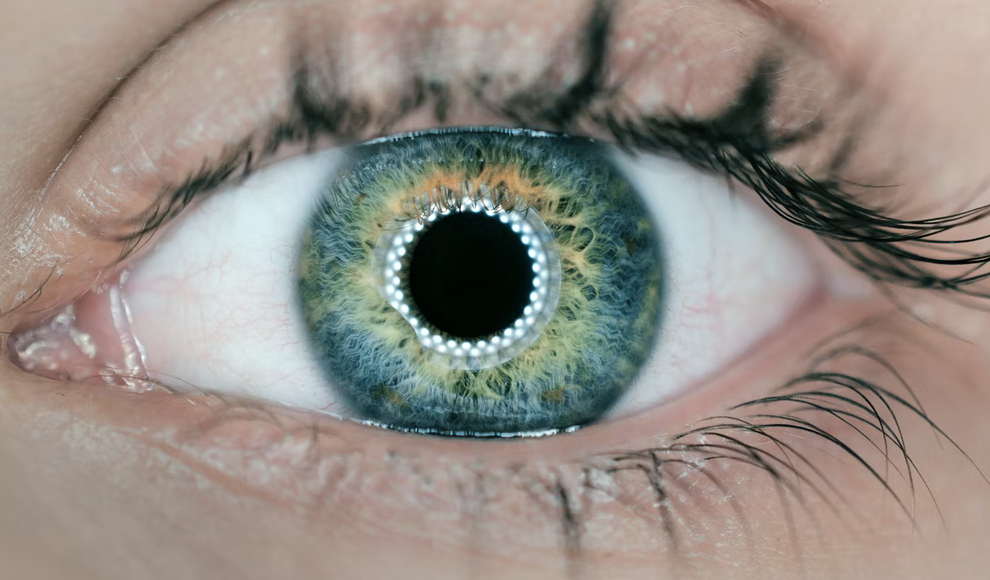Reviving Human Cells Hours After Death: A Breakthrough in Organ Preservation and Blindness Treatment
In a groundbreaking discovery, researchers at the Moran Eye Center of the University of Utah have found a way to partially reverse the irreversible. According to their publication in the scientific journal Nature, the team has successfully revived cells from deceased humans. Specifically, they were able to awaken photoreceptor cells in the human macula, the part of the retina responsible for central vision and the ability to see fine details and colors. Even in eyes obtained up to five hours after the donor’s death, these cells responded to bright, colored, and even very weak light flashes.
In initial experiments, the researchers were able to revive the cells up to about five hours after death. However, the revived photoreceptor cells were unable to communicate with the other cells in the retina. To address this issue, the team developed a new method that artificially supplies the cells with oxygen for a longer period. This oxygen supply reverses the lack of oxygen, a factor in the onset of death.
The implications of this discovery are significant. The method could be used to preserve donor organs for a longer period, potentially saving more lives. Additionally, the researchers believe that their study could be used to reverse some forms of blindness. Furthermore, the results allow for the examination of human vision in a way that is not possible with laboratory animals.
This breakthrough in cell revival could change the way we approach organ transplantation and blindness treatment. The researchers’ innovative method could pave the way for longer-lasting donor organs and new treatments for previously untreatable forms of blindness.







